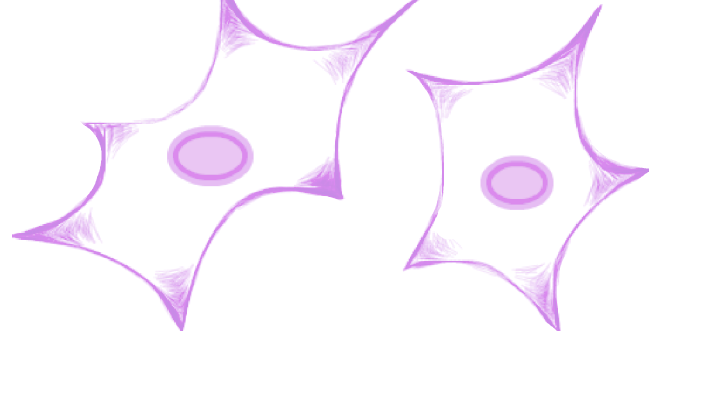Cell Senescence Entries for ATF6
- Cell Types
- Breast cancer, Foreskin fibroblast
- Cell Lines
- MCF-7, NHDF
- Cancer Cell?
- No
- Method
- Knockdown, Mutation
- Type of senescence
- Oncogene-induced, Replicative, Stress-induced
- Senescence Effect
- Induces
- Primary Reference
- Cormenier et al. (2018) The ATF6α arm of the Unfolded Protein Response mediates replicative senescence in human fibroblasts through a COX2/prostaglandin E2 intracrine pathway. Mech Ageing Dev 170(2)82-91 (PubMed)
ATF6 Gene Information
- HGNC symbol
- ATF6
- Aliases
- ATF6A
- Common name
- activating transcription factor 6
- Entrez Id
- 22926
- Description
- This gene encodes a transcription factor that activates target genes for the unfolded protein response (UPR) during endoplasmic reticulum (ER) stress. Although it is a transcription factor, this protein is unusual in that it is synthesized as a transmembrane protein that is embedded in the ER. It functions as an ER stress sensor/transducer, and following ER stress-induced proteolysis, it functions as a nuclear transcription factor via a cis-acting ER stress response element (ERSE) that is present in the promoters of genes encoding ER chaperones. This protein has been identified as a survival factor for quiescent but not proliferative squamous carcinoma cells. There have been conflicting reports about the association of polymorphisms in this gene with diabetes in different populations, but another polymorphism has been associated with increased plasma cholesterol levels. This gene is also thought to be a potential therapeutic target for cystic fibrosis. [provided by RefSeq, Aug 2011].
ATF6 Ontologies
- Gene Ontology
-
Process: GO:6355; regulation of transcription, DNA-templated
GO:45944; positive regulation of transcription by RNA polymerase II
GO:30968; endoplasmic reticulum unfolded protein response
GO:6986; response to unfolded protein
GO:7601; visual perception
GO:6357; regulation of transcription by RNA polymerase II
GO:1654; eye development
GO:7165; signal transduction
GO:43065; positive regulation of apoptotic process
GO:6457; protein folding
GO:36500; ATF6-mediated unfolded protein response
And 5 more GO terms Cellular component: GO:5634; nucleus
GO:5789; endoplasmic reticulum membrane
GO:16020; membrane
GO:16021; integral component of membrane
GO:5794; Golgi apparatus
GO:5783; endoplasmic reticulum
GO:139; Golgi membrane
GO:785; chromatin
GO:5654; nucleoplasm
GO:5829; cytosol
GO:5635; nuclear envelope
And 4 more GO terms
Show all GO termsFunction: GO:3700; DNA-binding transcription factor activity
GO:35497; cAMP response element binding
GO:3677; DNA binding
GO:5515; protein binding
GO:977; RNA polymerase II transcription regulatory region sequence-specific DNA binding
GO:42802; identical protein binding
GO:981; DNA-binding transcription factor activity, RNA polymerase II-specific
GO:978; RNA polymerase II cis-regulatory region sequence-specific DNA binding
GO:1990837; sequence-specific double-stranded DNA binding
GO:1228; DNA-binding transcription activator activity, RNA polymerase II-specific
GO:43565; sequence-specific DNA binding
And 4 more GO terms
Homologs of ATF6 in Model Organisms
In other databases
- GenAge model organism genes
- A homolog of this gene for Caenorhabditis elegans is present as atf-6
External links
- OMIM
- 605537
- Ensembl
- ENSG00000118217
- Entrez Gene
- 22926
- UniGene
- 617868
- 1000 Genomes
- 1000 Genomes
- HPRD
- GenAtlas
- ATF6
- GeneCards
- ATF6
